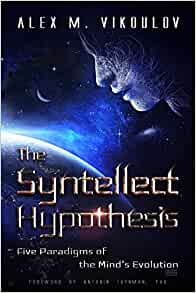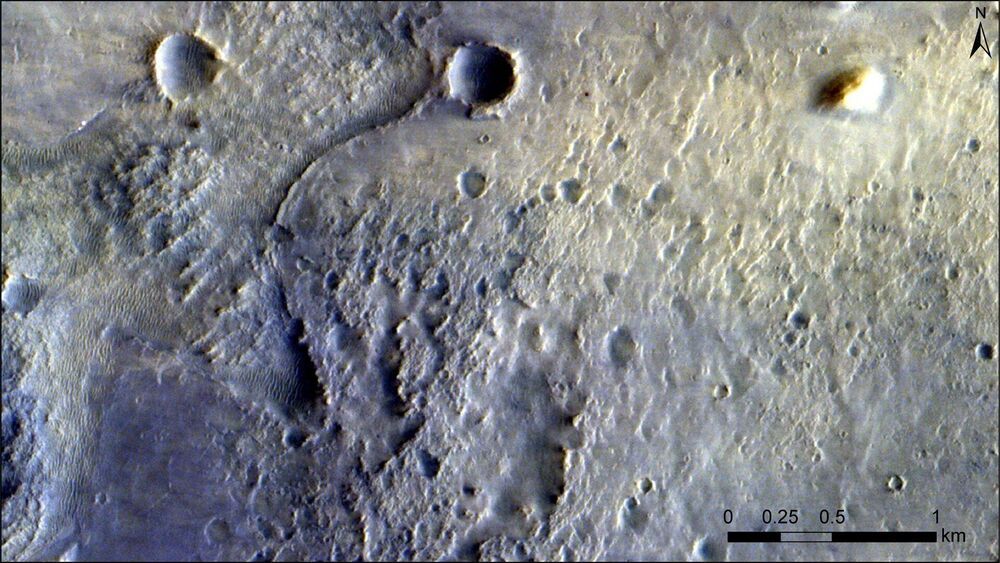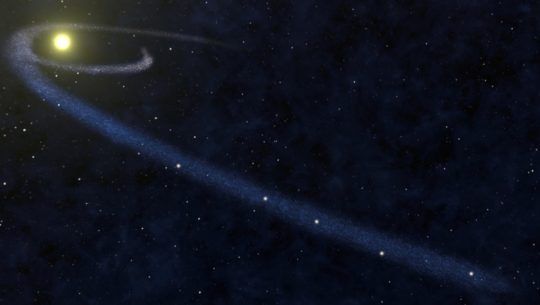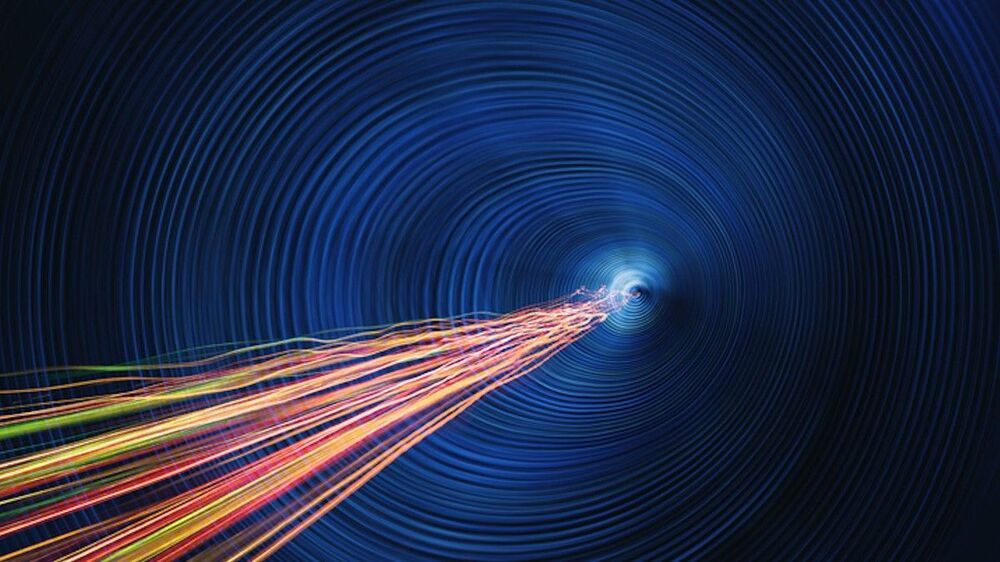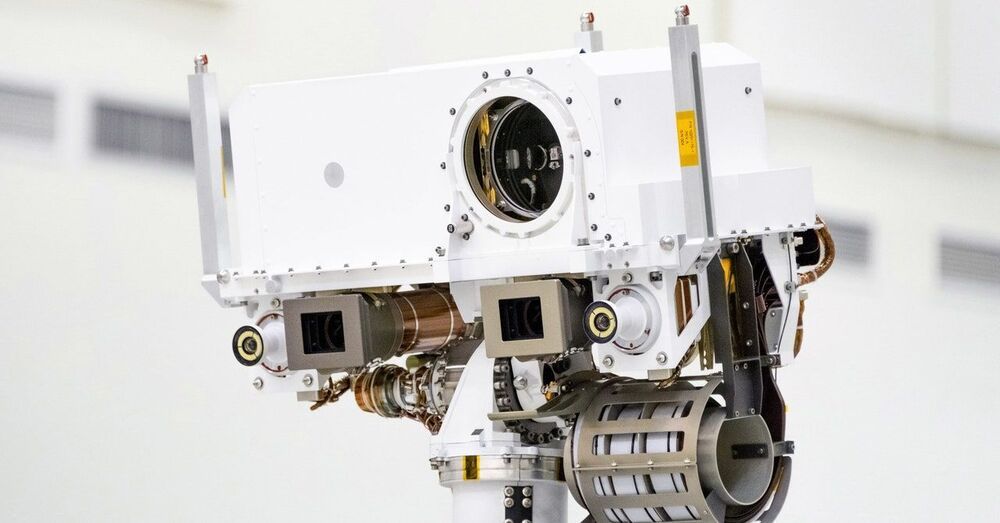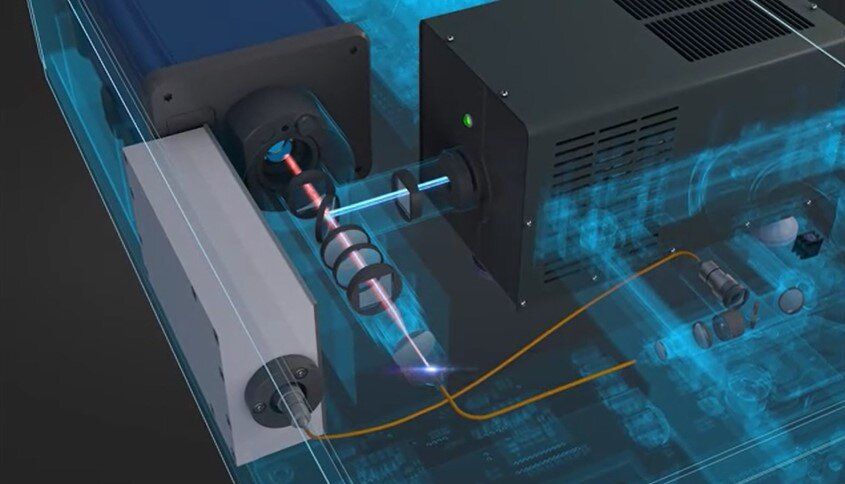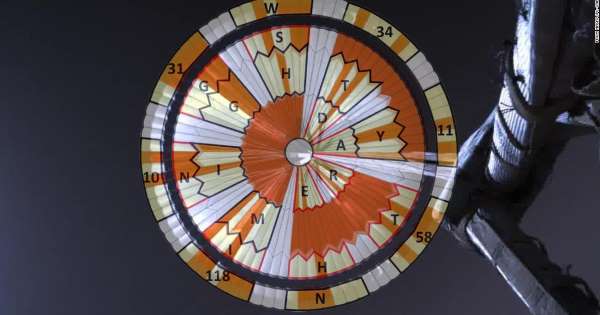“At times, it may seem as if the entire prior history of the Universe led us to this pivotal moment of realization that we are the ‘brain cells’ of a larger planetary superorganism, progressively morphing into one Global Mind.”-Alex Vikoulov.
*My magnum opus The Syntellect Hypothesis: Five Paradigms of the Mind’s Evolution (2020), where I share my deepest insights and far-reaching foresights, is now available as eBook, paperback, hardcover, audiobook on Amazon:
#SyntellectHypothesis
The Syntellect Hypothesis: Five Paradigms of the Mind’s Evolution [Vikoulov, Alex M., Tuynman PhD, Antonin] on Amazon.com. *FREE* shipping on qualifying offers. The Syntellect Hypothesis: Five Paradigms of the Mind’s Evolution.
